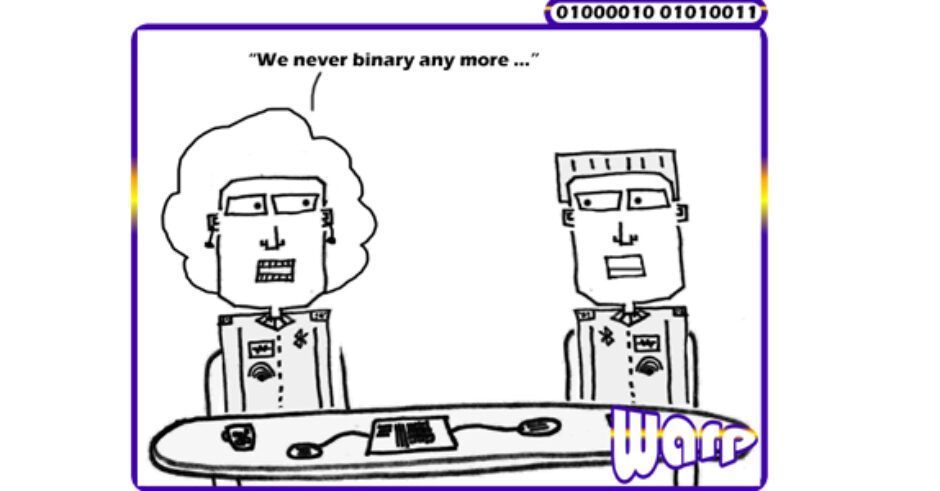As technology has advanced, we’ve used it to isolate ourselves more and more.
Consider this, we used to go to the movies or a theatre for entertainment. It was a shared experience with a large group of people. Then we started to watch TV in our living rooms with our families, a smaller group. Now people watch videos on YouTube with headphones, a very individual experience. Then, of course, we attempt to rebuild connection via comments.
Some technologies, like Facebook, focus on bringing people together. But many technological advancements are designed to eliminate human interaction. Think Uber and Amazon, services designed to limit your human interaction.
Consider which direction your technology is pulling you. Looks for ways to counterbalance human interaction that might be missing.
Self-Service. Self-service can be a great timesaver for customers. The downside is that the company loses the opportunity to learn what customers need and where they are frustrated. How can you maintain a relationship with your customers while still letting them benefit from self-service?
A quick bounce to a live human being (not a chat-bot) when the customer is having trouble, can really help. Some supermarkets with self-checkout also have a ‘helper’ nearby in case there’s a problem. I avoid self-checkout at supermarkets without a helper, because one error can prolong your checkout.
Automated Workflow. Techies love automated workflow, no one has to talk to each other anymore! The downside is that there’s no feedback loop to know if a human being is actually working on your item, and when a work item gets ‘stuck’ it can be hard to get it unstuck. Modern technology has corrected some of this by providing more visibility to the work, but it can still feel unsettling when your work is ‘in the process’.
Periodic meetings between the humans in the process can help smooth the flow of work. Recall the First Agile Value “We value people and interactions over processes and tools.” If your humans are a slave to the process (or automated workflow), you need to flip it so the process is serving the humans.
How has technology helped or hurt your human interactions? Let us know!





